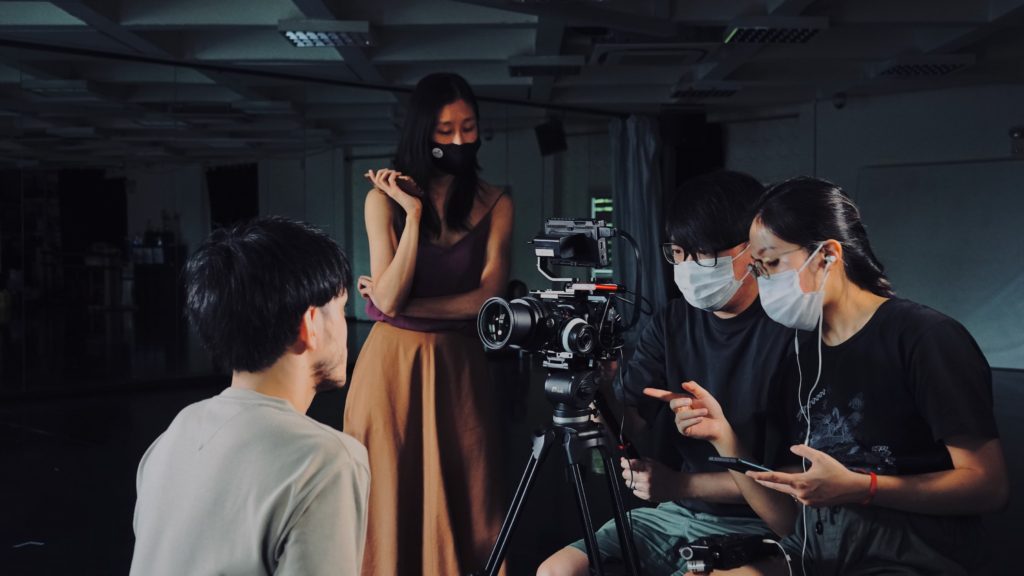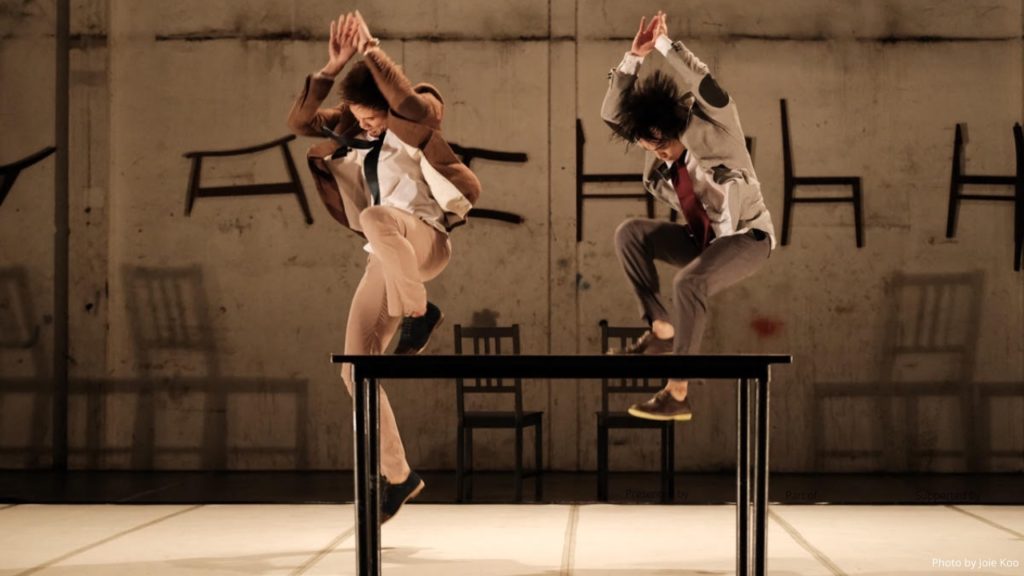Singapore, September 2020 - Vancouver Ballet Society
- Home
- City Reports 2020 - 2023
- Singapore, September 2020

By Malcolm Tay
As the spread of COVID-19 worsened in March, the Singapore government ordered the deferment of events with 250 or more participants and restricted travel into the nation. These measures, exacerbated by a partial lockdown (termed a “circuit breaker”) that began in April, forced arts companies and festivals to cancel most or all of their live performances, and to revamp their programming and bolster their digital presence.
Originally scheduled for the month of May, the Singapore International Festival of Arts — which would have seen Vancouver-based group Kidd Pivot in Crystal Pite and Jonathon Youngʼs Revisor, among other live acts — instead launched SIFA v2.020, a series of films, talks, vodcasts and other virtual events that will last until the end of the year.
M1 CONTACT Contemporary Dance Festival, presented by T.H.E Dance Company, postponed its June line-up of live shows to 2021 and used Zoom to conduct classes and workshops. The da:ns festival, which happens every October, went a step further by inviting dance artists based in the country to propose short works that, according to its open call, “explore the notion of a pause and the possible futures and states of being that could exist in a moment of suspension.” Up to eight proposals will be chosen and the completed pieces will be filmed for online screening.

Yet, even the obstacles posed by the circuit breaker did not prevent Sigma Contemporary Dance from developing and presenting new work. Led by artistic director Hong Guofeng, the dancers devised and rehearsed via Zoom a production on the idea of watching and being observed. They were also involved in how the shots were framed and lit. To avoid the technical hitches that could arise during a real-time stream, their full performance was recorded in a single take. Survei:ance was finished in three weeks and premiered via Facebook on May 30. Have a look at excerpts from what they came up with.
With the gradual easing of circuit breaker measures from June, choreographers and dancers have slowly returned to the studio, maintaining safe distancing while trying to navigate a landscape irrevocably altered by COVID-19. If there is an upside to the pandemic, it might be the rekindled focus locally on Singapore artists. The ArtScience Museum, for instance, has highlighted several in its monthly online performance program, including independent dancemaker Adele Goh.
English-language newspaper The Straits Times, with support from the National Arts Council, commissioned works from local artists and writers responding to the pandemic and imagining the future. Called 30 Days of Art, this series of poems, short stories and videos includes three screendance creations, with mixed results. For Sriwana, one of the oldest performing arts troupes in Singapore, Lens was its maiden attempt at presenting Malay dance in digital form. Staged scenes of family quarrels and spousal battery reflect actual incidents that took place during the isolation of the circuit breaker, though they add a soap-opera touch to the piece.
In contrast, Prati Sandhi (Reunion) by Bhaskarʼs Arts Academy features bharata natyam performers in a dark-curtained space; traditional musicians accompany them as they illustrate in gesture exhortative verses from the Hindu scripture known as the Bhagavad Gita. It largely hews to this black-box format, as if to echo choreographer Santha Bhaskarʼs faith in the strength and immediacy of live concerts.
But what would in-person shows look like after the pandemic? How would they fill seats again? In P7:1SMAʼs The Audience, the third screendance offering in 30 Days of Art, there are no easy answers as the souls of four men and six women haunt an empty theatre while their bodies sit at home stone-faced.
Though screendance has existed for decades, it seems to have found fresh relevance in the pandemic as a medium. This may have prompted Frontier Danceland to have film producer Jeremy Chua collaborate with its performers on probing the screen as a site for choreography. The outcome of their partnership was a sextet of wildly diverse works-in-progress that premiered via Zoom on September 12, which I regret having missed.

T.H.E Dance Company adopted a different tack by adapting three past productions for real-time streaming. A film editor integrated visual effects into the Zoom broadcast of Purⓔ: An Experimental Virtual Performance on June 26 and 27. The companyʼs South Korean resident choreographer, Kim Jae Duk, modified his Present to fit safe-distancing rules for a YouTube airing on July 17 and 18. Both broadcasts gave a mainly frontal perspective of the action, which created a somewhat static viewing experience.
In the YouTube transmission of Un-form (July 31 and August 1), however, the perspective shifted at several points via a roving camera held by company member Anthea Seah. This played with distance and proximity, making for a more dynamic viewing experience as the camera passed behind the cast or followed them while they ran.
Singapore Dance Theatre’s livestream on July 31 was a virtual fundraiser. But on September 23, the troupe will return to the Esplanade Theatre for a trial performance with a small in-person audience, showcasing three classical pas de deux and the central duet from Choo-San Gohʼs Configurations (1981). I was not quick enough to get a ticket.

